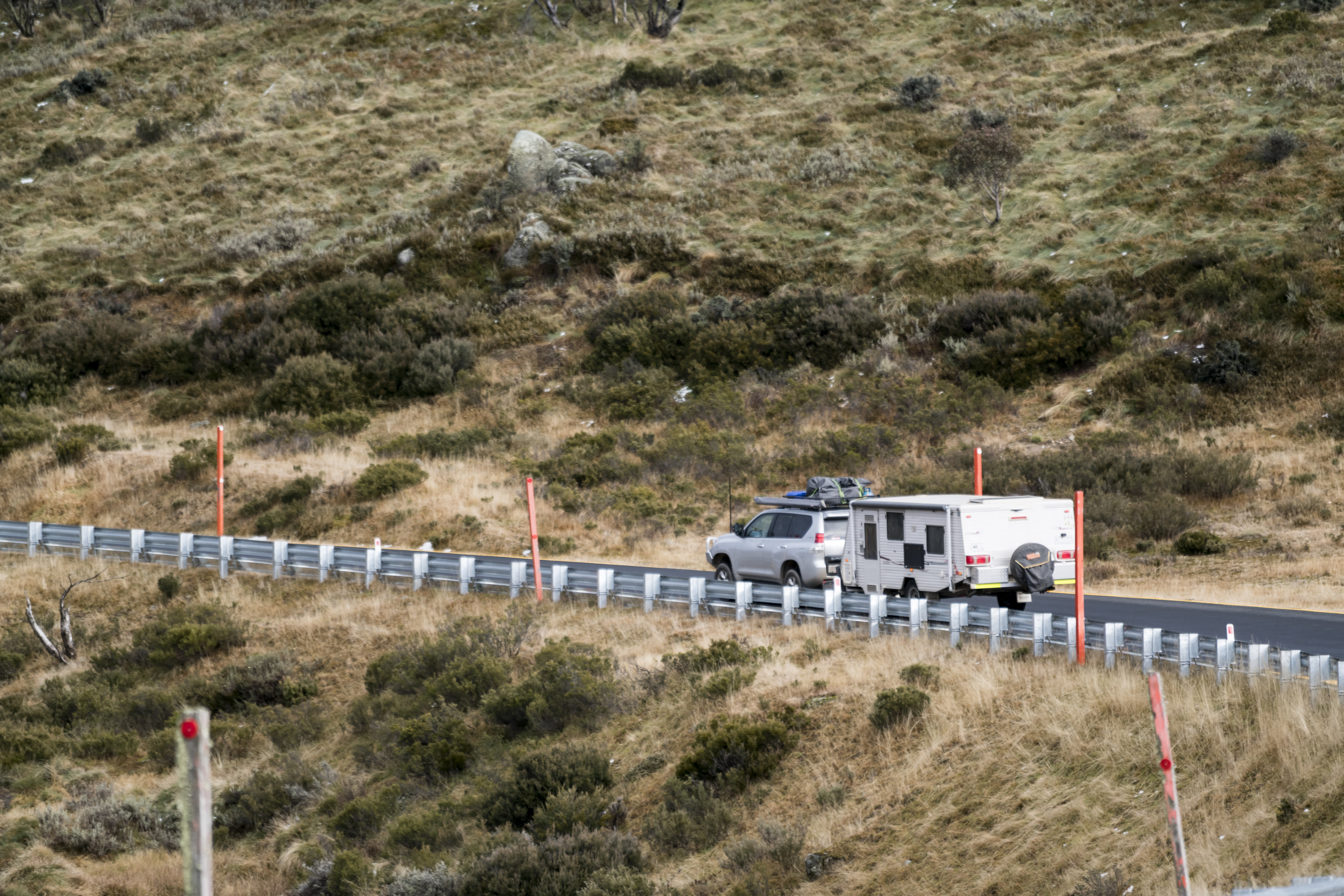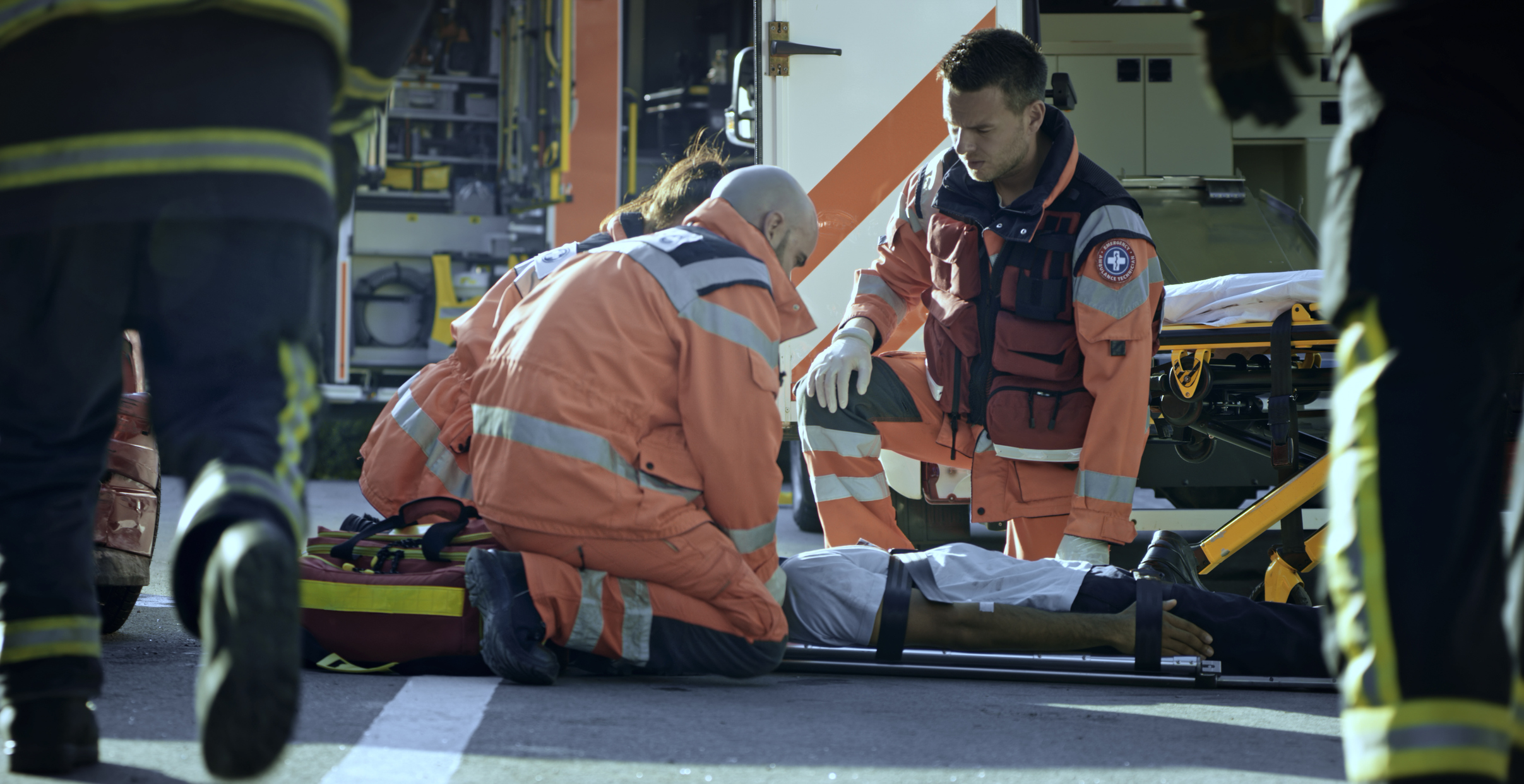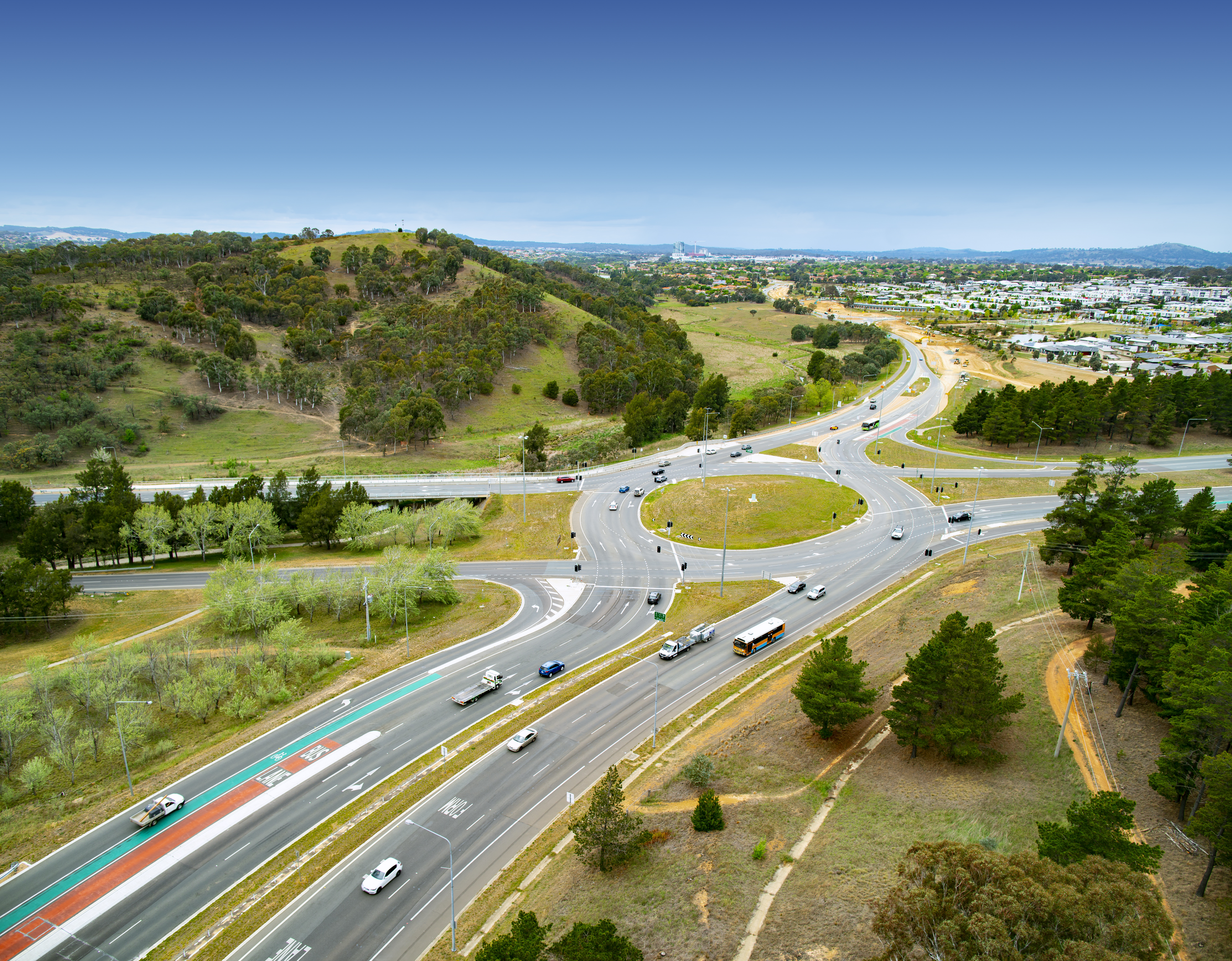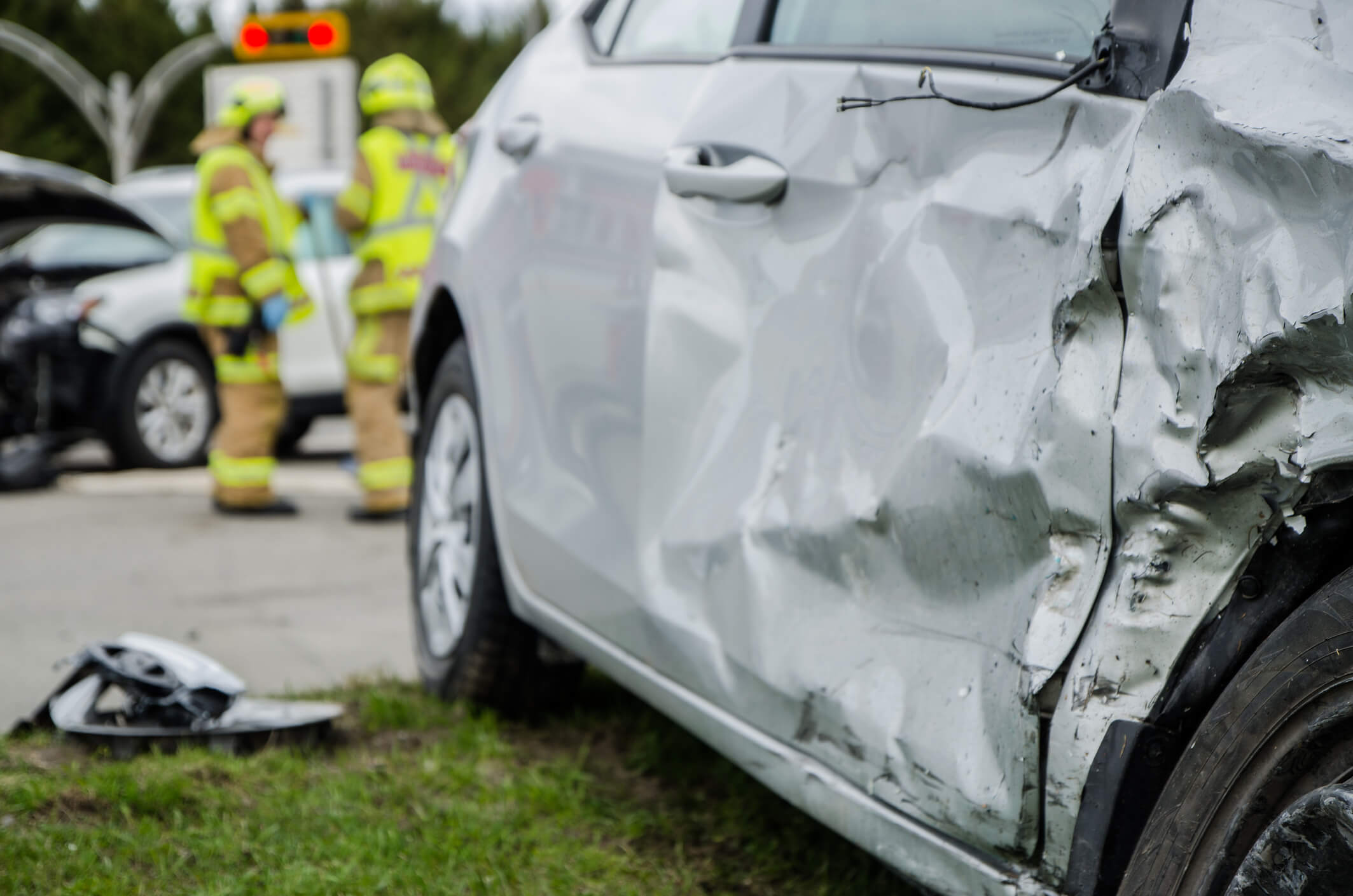Key figures for 2022
-
5.3Bed days per case5.9% higher than the previous year
Yearly hospitalisations
2017 to 2022
There has been a flat trend with some fluctuation month-to-month in hospitalisations. The 5-year average is 3,205 hospitalisations per month.
A series of months of low hospitalised injuries have led to a significantly reduced total for 2022. However, each month within 2022 was within the range of variability experienced since 2017, with limited evidence of an enduring downward trend in hospitalised injuries
Yearly hospitalisations 2017 to 2022
| Year | Month | Hospitalisations |
|---|---|---|
| 2017 | January | 3,081 |
| 2017 | February | 3,139 |
| 2017 | March | 3,614 |
| 2017 | April | 3,350 |
| 2017 | May | 3,359 |
| 2017 | June | 3,122 |
| 2017 | July | 3,180 |
| 2017 | August | 3,033 |
| 2017 | September | 3,138 |
| 2017 | October | 3,354 |
| 2017 | November | 3,375 |
| 2017 | December | 3,410 |
| 2018 | January | 3,063 |
| 2018 | February | 3,119 |
| 2018 | March | 3,529 |
| 2018 | April | 3,447 |
| 2018 | May | 3,357 |
| 2018 | June | 3,182 |
| 2018 | July | 3,128 |
| 2018 | August | 3,234 |
| 2018 | September | 3,185 |
| 2018 | October | 3,372 |
| 2018 | November | 3,376 |
| 2018 | December | 3,368 |
| 2019 | January | 3,219 |
| 2019 | February | 3,197 |
| 2019 | March | 3,554 |
| 2019 | April | 3,482 |
| 2019 | May | 3,342 |
| 2019 | June | 3,099 |
| 2019 | July | 3,236 |
| 2019 | August | 3,131 |
| 2019 | September | 3,176 |
| 2019 | October | 3,515 |
| 2019 | November | 3,365 |
| 2019 | December | 3,327 |
| 2020 | January | 3,018 |
| 2020 | February | 3,170 |
| 2020 | March | 3,181 |
| 2020 | April | 2,347 |
| 2020 | May | 2,885 |
| 2020 | June | 3,000 |
| 2020 | July | 3,203 |
| 2020 | August | 3,015 |
| 2020 | September | 3,278 |
| 2020 | October | 3,450 |
| 2020 | November | 3,536 |
| 2020 | December | 3,571 |
| 2021 | January | 3,414 |
| 2021 | February | 3,166 |
| 2021 | March | 3,821 |
| 2021 | April | 3,417 |
| 2021 | May | 3,487 |
| 2021 | June | 3,137 |
| 2021 | July | 2,974 |
| 2021 | August | 2,899 |
| 2021 | September | 2,975 |
| 2021 | October | 3,118 |
| 2021 | November | 3,203 |
| 2021 | December | 3,501 |
| 2022 | January | 2,712 |
| 2022 | February | 2,850 |
| 2022 | March | 3,305 |
| 2022 | April | 3,165 |
| 2022 | May | 3,026 |
| 2022 | June | 2,797 |
| 2022 | July | 2,686 |
| 2022 | August | 2,861 |
| 2022 | September | 2,972 |
| 2022 | October | 3,043 |
| 2022 | November | 3,057 |
| 2022 | December | 3,341 |
Number of hospitalisations and average days in hospital by age group
The 40 to 64-year-old age group had the largest number of hospitalisations in 2022 (33.4% of cases). This age group also had the highest hospitalisation rate (48.6 cases per 100,000 population).
The number of hospitalisations for both males and females are comparable in younger age groups. Males start to experience a marked increase in hospitalisations compared to females from the 8 to 16 age range onwards. This trend could be driven by riskier driving behaviours, increased exposure and occupational factors that tend to be more common among men. Males continue to comprise the majority of hospitalised cases up to the age of 65 (66.7% of hospitalisations in this age group). Hospitalisations of either gender converge considerably from the ages of 65 and over. This could be explained by demographic factors, such as more cautious driving behaviours and a larger female population in older age groups.
Number of hospitalisations by age group, 2022
| Age group | Gender | Hospitalisations | Average days in hospital |
|---|---|---|---|
| 0-7 | Female | 245 | 3.6 |
| 8-16 | Female | 675 | 9.1 |
| 17-25 | Female | 2,372 | 12.5 |
| 26-39 | Female | 2,895 | 14.8 |
| 40-64 | Female | 3,950 | 24.0 |
| 65-74 | Female | 1,271 | 23.0 |
| 75+ | Female | 1,158 | 36.6 |
| 0-7 | Male | 356 | 6.6 |
| 8-16 | Male | 1,765 | 9.6 |
| 17-25 | Male | 4,637 | 21.9 |
| 26-39 | Male | 5,591 | 26.3 |
| 40-64 | Male | 7,925 | 37.2 |
| 65-74 | Male | 1,695 | 23.8 |
| 75+ | Male | 1,280 | 25.5 |
Number of hospitalisations and average days in hospital by road user
In crashes involving a casualty, the person suffering trauma is categorised into a road user group, such as drivers, passengers, or pedestrians. Among broad road user categories:
- Drivers had the highest number of hospitalisations (12,664)
- Motorcyclists spent the highest average number of days in hospital (35.6 days per case)
- Pedestrians and cyclists account for a significant number of hospitalisations (8,713), but have shorter stays in comparison to drivers and motorcyclists (19.9 days per case).
While passengers have low hospitalisation numbers, and the shortest average stay, the data does not factor in the average vehicle occupancy rate (1.2 occupants). As a result of different rates of exposure, comparisons between road user types may be under or over-represented.
Number of hospitalisations and average days in hospital by remoteness area
Most hospitalisations occurred in Major City areas (67%). The average number of days in hospital was also the highest in Major City areas, at 1.4 times that of Regional areas and 3.9 times the average stay in Remote areas. Higher population in Major Cities (72.2% of total population) correlates with higher absolute numbers of incidents.
As the level of remoteness increases, the number of hospitalisations and the length of stay decreases:
Major Cities to Regional:
• In Regional areas, there are 57% fewer hospitalisations than in Major City areas (10,226 compared to 23,818), and average days in hospital are 31% lower (20.7 in Regional areas, 30.1 in Major Cities).
Major Cities to Remote:
• In Remote areas, there are 95.8% fewer hospitalisations than in Major City areas (1,011 compared to 23,818), and average days in hospital are 74.4% lower (7.7 in Remote areas, 30.1 in Major Cities).
Hospitalisation rate per 100,000 people by remoteness area
Across remoteness areas, there is an inverse relationship between hospitalisation rates and the average number of days in hospital:
• Remote areas had the highest hospitalisation rate (203 per 100,000 people) but the shortest average stay (7.7 days)
• In contrast, Major City areas had the lowest hospitalisation rate (126.8 per 100,000 people) but the longest average stay (30.1 days).
While many factors contribute to these findings, factors likely contributing to the differences include:
• Disparities in healthcare access, such as limited medical facilities or long transport times
• Ambulance response time
• Road condition and speed limit
• Access to driver training and education
• Vehicle safety features.
Number of hospitalisations by road user, by counterparty
Counterparty describes the other party or object involved in a fatal crash. This may include other vehicles, persons or infrastructure. In the majority of hospitalised injury crashes, the counterparties were light vehicles, accounting for 15,275 of the 35,055 total hospitalisations (43.6% of cases).
More than a third of cases had an unspecified or no counterparty involved (‘Other/Unknown’ counterparty) with 12,769 hospitalisations (36.4% of cases), which are typically single-vehicle accidents, such as run-off-road crashes.
Number of hospitalisations by road user and counterparty, 2022
Road User | Counterparty | Number of hospitalisations |
|---|---|---|
| Driver | Fixed or stationary object | 2,963 |
| Heavy vehicle | 5,50 | |
| Light vehicle | 7,107 | |
| Motorcycle | 22 | |
| Other or none | 1,946 | |
| Pedestrian or cyclist | 76 | |
| Motorcyclist | Fixed or stationary object | 802 |
| Heavy vehicle | 67 | |
| Light vehicle | 2,061 | |
| Motorcycle | 170 | |
| Other or none | 3,317 | |
| Pedestrian or cyclist | 191 | |
| Other/Unknown | Fixed or stationary object | 36 |
| Heavy vehicle | 12 | |
| Light vehicle | 146 | |
| Motorcycle | 1 | |
| Other or none | 872 | |
| Pedestrian or cyclist | 8 | |
| Passenger | Fixed or stationary object | 1,036 |
| Heavy vehicle | 216 | |
| Light vehicle | 2,752 | |
| Motorcycle | 18 | |
| Other or none | 2,695 | |
| Pedestrian or cyclist | 38 | |
| Pedestrian or Cyclist | Fixed or stationary object | 382 |
| Heavy vehicle | 146 | |
| Light vehicle | 3,564 | |
| Motorcycle | 79 | |
| Other or none | 4,190 | |
| Pedestrian or cyclist | 352 |
Definitions
Hospitalisations
Injuries resulting in confirmed admission to hospital excluding in-hospital death from road traffic crashes. Traffic areas exclude off-road and unknown locations.
Bed days
The total number of patient days where admitted care has been provided.
Vulnerable Road User
Road users not in a car, bus or truck, generally including pedestrians, motorcyclists and pedal cyclists. Can also include children 7 years and under, the elderly and users of mobility devices.
Hospitalisation rate
The hospitalisation rate allows comparisons to be made between groups as it is not influenced by differences in changes in population. It is calculated by dividing the count of road deaths in the last 12 months by the estimated resident population at the midpoint of that period, multiplied by 100,000. Population estimates are sourced from ABS' national, state and territory population statistics. The midpoint population may be interpolated if necessary.
Remoteness Area
Remoteness areas are defined using the Australian Bureau of Statistics (ABS) Australian Statistical Geography Standard (ASGS).
The classes of remoteness have been aggregated to:
• Major cities
• Regional (including Inner Regional and Outer Regional areas)
• Remote (including Remote and Very Remote areas)
• Other or unknown refers to when a person’s residence was unrecorded or migratory/offshore
About the data
We have sourced and prepared hospitalisations data from the Australian Institute of Health and Welfare (AIHW).
Further information about the data can be found in the Hospitalised Injury Data Dictionary - September 2023.
Download data
Limitations
The data presented here is sourced from hospital admissions and separations. Occasionally patients are transferred between wards and hospitals, and in these cases protocols are in use to minimise double-counting.
Location data refers to location of hospital, not location of crash. Similarly, 'year' refers to year of separation, not year of crash.
Explore related data and insights
Have a question or feedback?
Contact the Road Safety Data Hub team





